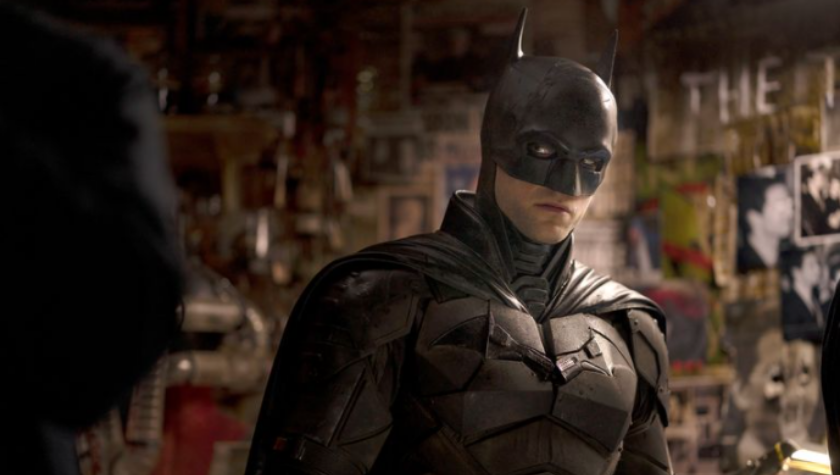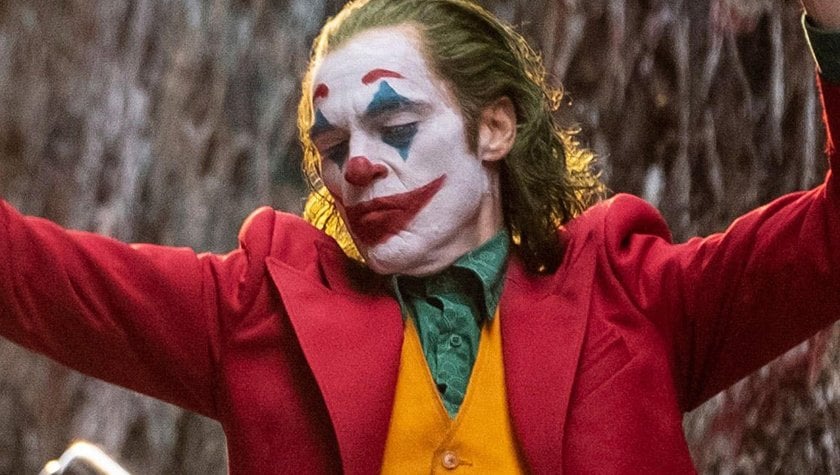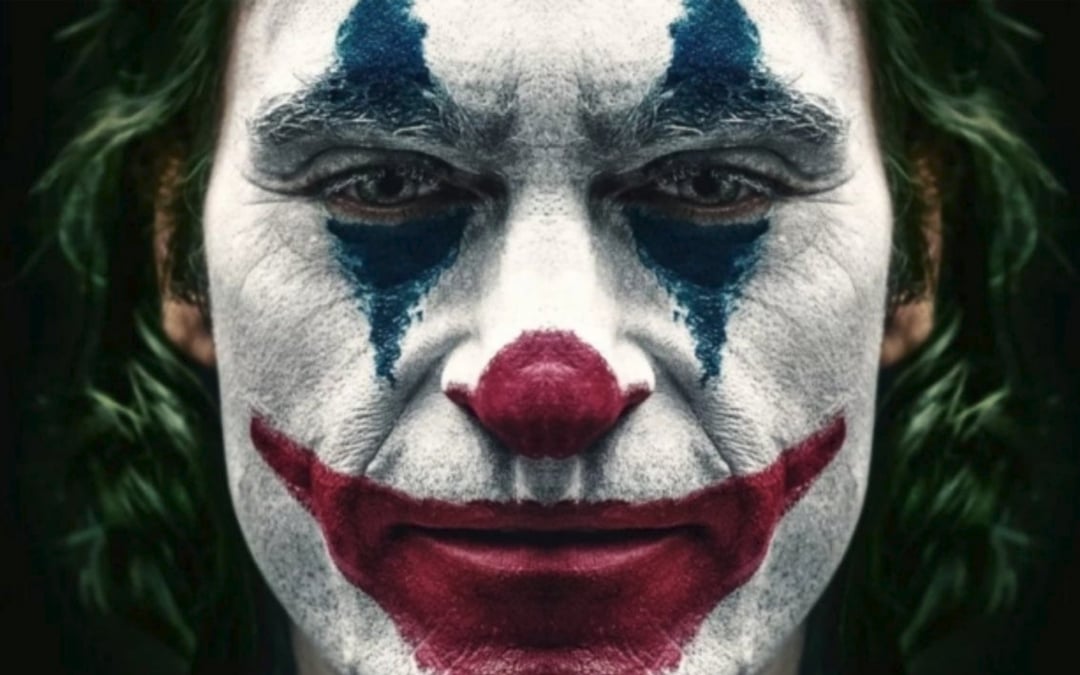Why Joker is the Greatest Comic Book Movie Character
October 10, 2024
What makes Joker, the Clown Prince of Gotham, the best comic book movie character of all time? Not just villain. Character. He's evil, maniacal and misunderstood – and yet, he’s the greatest comic book character to consistently appear in movies.
The Joker is a complex character who you want to like but never want to meet. He has no filter, and his goal seems to be chaos, making him the perfect nemesis for Batman who strives for order. While we aim for a world of stability and harmony, we recognize the inherent flaws in our systems and society, which the Joker exploits and is eager to burn down.
But what makes him better than beloved heroes like Iron Man, Superman, Batman and the Green Lantern? The reason could be attributed to story. Writers aim for the stars when writing the Joker. They know that the actions and dialogue of the Joker will be scrutinized and studied, that top names will vie for their chance to play him, and that the latest version can’t be like the previous iterations. This is probably why you don’t get the same Joker than previously (Nicholson played Jack Napier, Phoenix played Arthur Fleck, Ledger and Leto played different versions of the Joker) because it allows the screenwriter to create something wholly new, and reset the audience’s perception of the villain.
With the new release of Joker: Folie à Deux, there are many lessons a screenwriter can take away. Not only is it a continuation of the Joker (2019) storyline, but it also presents a story as chaotic as the title character represents.
1. Beware of Expectations
You’ve probably heard by now that Joker: Folie à Deux is not getting the best reviews or feedback. However, this might have to do with expectations. Although Joker had a different slant to what a comic book and even a Batman movie was, it felt like an origin story to a villain that intrigued the movie-going public. Now, the Joker in the Todd Phillips universe is established. Most origin stories expand on the character in the sequel, giving them new enemies and greater stakes. This sequel felt different and it broke a lot of rules in the process.
Whether it’s a genre film with tropes, a comic book movie or a sequel, make sure you know the expectations – whether or not you break those expectations is up to you.
2. Establish the Protagonist’s Life
When we last left Joker, he had murdered several people on live TV and seemed to spark a revolution. The beginning of Joker: Folie à Deux shows Fleck’s life since we last saw him (although the first film is five years old, this movie takes place two years after the murders). The film opens up showing Fleck’s life day-to-day in Arkham Asylum, with tough, bullying guards and nearby cells filled with the criminally insane. The audience hears from multiple characters, “Do you have a joke for us today?” which means he either often has one or they’re making fun of him based on his failed stand-up comedy career.
What is most intriguing is how Fleck’s life in Arkham is established without him saying a word. Screenwriters can see what it means to show, not tell, the story by the beginning of Joker: Folie à Deux. It also means the first words the audience hears from Fleck will be extremely important.
3. Taking a Multi-Genre Approach
What genre is Joker: Folie à Deux? It’s not just one, it’s many. The film is everything from crime story to courtroom drama and musical to prison movie. Yes, it’s a lot of genres for one movie, but it shows how writers can develop their screenplays to include multiple genres to tell their story. Joker: Folie à Deux plays on the tropes of these various genres, for instance, the second half of the film is akin to a courtroom drama filled with witnesses, a judge trying to maintain order, and the prosecutor and defense delivering their spin on Fleck’s guilt or insanity. Audiences have seen countless courtroom dramas but what makes it compelling is our desire to see how this Joker will behave in such a familiar setting. Screenwriters can take away the idea of using a genre and making it original by the characters they place in them.
4. Make the Bad Guy a Hero
Bad guys are heroes. Maybe not in the conventional sense, but they hardly work alone and occasionally have followers. Therefore, the villain must be a hero to at least a few people. If you look at the Jokers throughout the last 30+ years, they often have fans and followers, perhaps no one bigger than Harley Quinn or Lee Quinzel (Lady Gaga in Joker: Folie à Deux); although earlier adaptations in Batman and the Dark Knight has henchmen and other criminals who want to work with him. The courtroom in Joker: Folie à Deux is filled with Joker supporters, and protesters on the outside embrace the Joker mentality themselves. The villain cannot be a mustache twirling bad guy. Even if their motives are unclear (The Dark Knight) or they suffer from a mental disorder (Joker and Joker: Folie à Deux), they will have people around them willing to be a part of their chaos.
5. Play to the Time Period
Joker: Folie à Deux takes place in the 1970s, at least so it seems. Therefore, there is a lot of creativity the filmmakers gleaned from the time period to help tell the story. There were scenes around one-on-one interviews in a jail cell, cameras in the courtroom, and a break in reality with a Sonny & Cher-type variety show featuring Arthur Fleck and Lee Quinzel acting like the famous 1970s duo.
It also played on attitudes of the time. Mental health wasn’t as well-studied or understood at the time, so therefore, Fleck was “crazy,” “insane,” and “belongs in a mental institution.” Screenwriters can see how Joker: Folie à Deux used the time period to tell the story but still made it relatable in 2024. This is a great tool to show how far we’ve come, or not at all, over the years.
Joker: Folie à Deux follows the best comic book movie character of all time in different circumstances than audiences have seen him. There are a lot of movies that focus on a villain’s origin story (Cruella and Maleficent, for example) and nobody deserves one more than the Joker. This movie continues the origin of Arthur Fleck’s turn as the Joker, offers new insights into his thinking, and will keep audiences wondering what makes this agent of chaos tick.
Written by: Steven Hartman
Steven Hartman is an award-winning, optioned screenwriter. He was a Top 5 Finalist in Big Break’s Historical Category in 2019 and won Best Action/Adventure in Script Summit’s Screenplay Competition in 2021. He holds a Bachelor of Arts degree from Columbia College and had internships at Jerry Bruckheimer Films and Village Roadshow Pictures. Steve is a full-time writer and creative video producer by day and a screenwriter and novelist by night.



